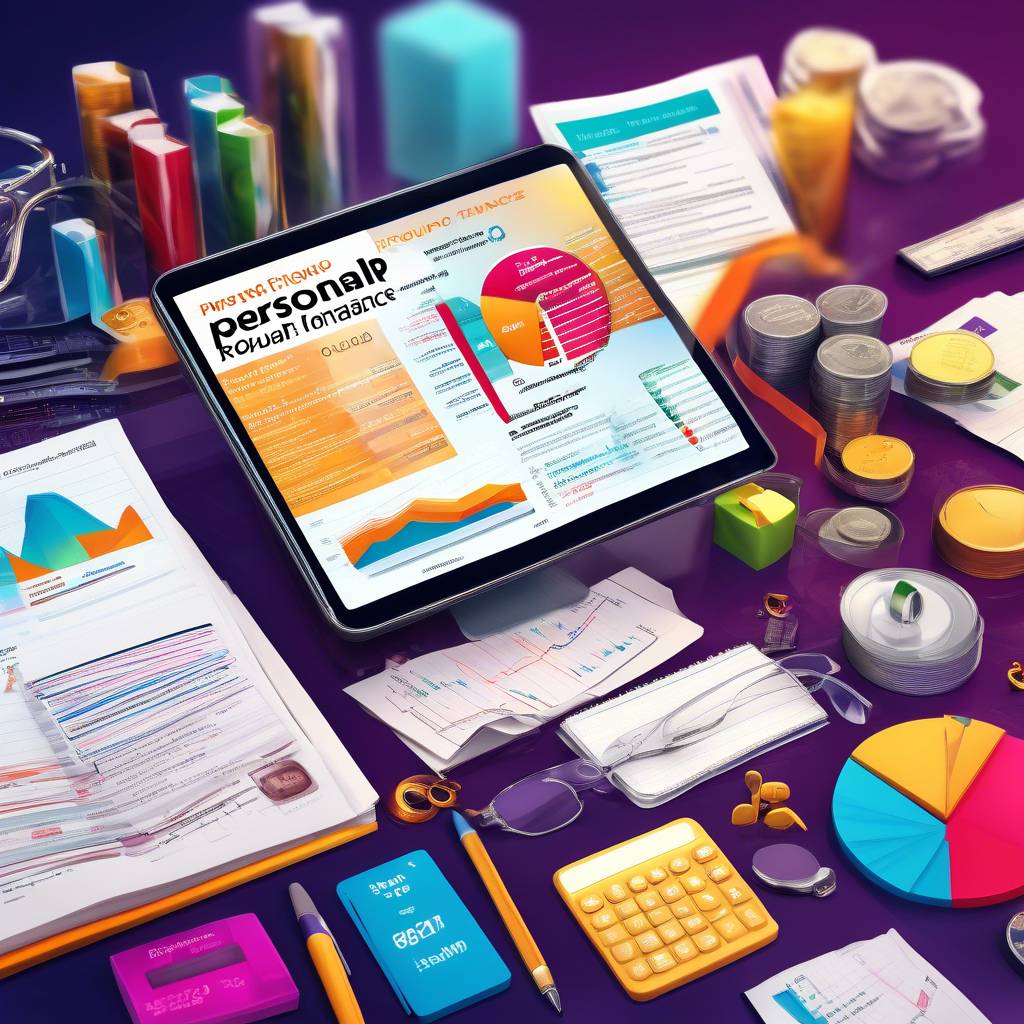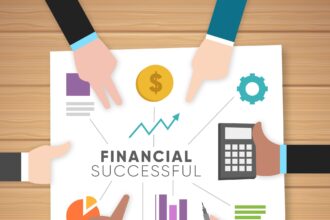
Navigating the complexities of personal finance can be daunting, yet essential for achieving long-term financial stability. Experts in the field stress the importance of understanding key concepts such as budgeting, investing, and debt management. According to Dr. Emily Rosen, a financial analyst, “Effective budgeting is the cornerstone of sound financial health.” Additionally, investment strategist Mark Li emphasizes, “Diversification is crucial to mitigating risk in any investment portfolio.” This article delves into expert strategies and practical tips to empower individuals to take control of their finances and secure their financial future.
401k’s
Capitalize recently updated its detailed analysis of how many 401(k) accounts have been left behind by job-changers and the financial consequences of these “forgotten” 401(k) accounts.
As of May 2023, we estimate that there are 29.2 million left-behind or forgotten 401(k) accounts holding approximately $1.65 trillion in assets, up from 24.3 million and $1.35 trillion in May 2021. This represents 25% of all 401(k) plan assets, up from 20% in May 2021.
The number of forgotten 401(k)s increased by over 20% since May 2021 driven by a period of heightened job switching (“The Great Resignation”) with 3.8 million and 4.4 million accounts left behind in 2021 and 2022 respectively.
The potential consequences of forgotten 401(k)s continue to be significant: in a worst case scenario, an individual saver is at risk of missing out on several hundred thousand dollars in retirement savings from leaving behind 401(k)s throughout their career.
Our updated analysis drew on a wide range of data sources including updated IRS & Department of Labor (DOL) data, Bureau of Labor Statistics (BLS) data, academic research and our own consultations with policy experts.
Capitalize is releasing new tools to help savers begin reclaiming forgotten 401(k) accounts, including the Capitalize 401(k) Finder.
From my own experience and the insights gained from interviewing successful individuals, I’ve found that effective strategies like budgeting, saving, and wise investing are the keys to achieving financial well-being.
For me, the best way of budgeting involves creating a detailed monthly budget that outlines income sources and expenses, including fixed costs like rent or utility bills, and variable expenses like groceries and subscriptions whether it’s on Netflix, Spotify, etc.
- Stang Gappa of hicapitalize.com
Savings Strategies
As a savings strategy, I usually suggest setting up automatic transfers to a dedicated savings account each month. Now, the first question is where should you save? Digital banks, most of the time offer higher interest rates compared to traditional banks, which is a better option if the main purpose is savings alone. The next question is, what are you saving for? Dedicate different savings accounts with different uses. The most important savings account to have is the Emergency fund.
For investing, It’s always advisable to diversify the approach by investing across various asset classes, such as stocks, bonds, and real estate, to minimize risk and maximize returns over the long term. Additionally, regularly contributing to retirement accounts like a 401(k) or IRA can help individuals build wealth and secure their financial future.
I’m passionate about collaborating to provide expert analysis and practical advice to help readers navigate their personal finances more effectively and achieve their financial goals.
– John Williams of greatcreditfast.com
Have a Personal Savings Plan
- Always budget every single dollar of your paycheck. Your funds should either be saved, spent, or invested. Once I created a plan, I was able to save 30% more of my income because now, I have a plan for every dollar I make.
- Invest in passive income streams. Speak with a financial advisor and choose a portfolio type, regular contribution rate, and fee structure that works for you. I’ve had great success using a robo-advisor. The portfolio is managed for me so I don’t need to make my own investment decisions.
- Shop around. Compare the price of the same item at 3-5 different stores. Simply by shopping around, I’ve saved nearly 50% on some items.
- Do a swap instead of buying new or used. Hold a clothing or housewares swap where you trade gently used items with family or friends.
- Put your investing contributions on auto-pilot. I have automatic contributions set up for my portfolio. Each month, a specific amount is transferred to my retirement account. This way, I’ve benefitted from compound interest as I haven’t forgotten to send money to my account.
Janita Grift of Frugal Fun Finance Blog
Some facts on Personal Savings, more specifically Health Savings Account
The health savings account (HSA) is triple-tax-free, yet very few account holders take advantage of this account, which is sometimes referred to as “an IRA on steroids”.
- Contributions are made pre-tax;
- Growth from interest or investments is tax-free; and
- Withdrawals for healthcare expenses are tax-free.
Some people retire with hundreds of thousands of dollars in their HSAs because they pay most of their expenses out of pocket and leave HSA contributions invested in the market. The key for people who can afford to pay out of pocket is to keep receipts for HSA reimbursable products and services because those receipts never “expire”, meaning a withdrawal from an HSA account on the strength of receipts the account holder has accumulated over the years are tax-free.
Today only 8% of HSA holders invest in markets, but that number is projected to grow over the next several years as more people catch on to the power and flexibility of the HSA. Invested assets are projected to grow 50% over the next three years but I think invested assets will double due to a bulge in the population (Millennials and Gen Z) reaching the point in age of accounts where investments tend to rise quickly (10-12 years).
Updated number for percentage of account holders with investments: 13% (up for the sixth consecutive year):
Average account value for accounts with investments is around $19,000 (7x higher than non-invested accounts; in 2022 the average size of a Robinhood brokerage account was $4,000)
Max contributions for individuals have risen from $3,650 in 2022 to $4,300 in 2025; for families from $7,300 in 2022 to $8,550 in 2025;
An estimated 100,000+ products and services are reimbursable with tax-free HSA funds, with novel products such as the Oura ring, continuous glucose monitors and in some cases, gym memberships, qualifying this past year; and
Account holders age 55 or older are allowed to contribute $1,000 beyond the standard annual limit as a “catch up” contribution.
Some trends:
On Reddit and blogs, people share how to regularly transfer funds from an employer – provided HSA account that does not offer good investment choices into better self-directed HSA investment accounts.
A new type of employer-provided benefit known as the Individual Coverage Health Reimbursement Arrangement (ICHRA) is emerging, with a variety of startups that facilitate these plans receiving significant funding. It is possible to have both an ICHRA and a health savings account if the ICHRA is a post-deductible plan that allows contributions via payroll. The ICHRA allows the employee to create their own benefit plan while the employer covers all or some of its costs. We expect fans of investing in the HSA to customize their ICHRAs in a way that lets them continue to invest.
-Doug Miles of Healthywealth.ai
In conclusion there are many different ways to create a personalized savings/ financial plan, one key component is being educated on all the available tools and tips to make sure you stay up to date!






